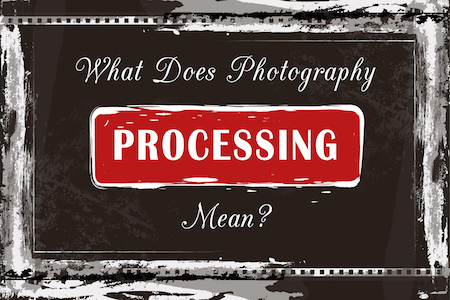 Photography processing is nothing new. Greats of the past spent as much time processing as they did photographing their subject. Processing is the second half of a photography session and involves many steps not seen by the client.
Photography processing is nothing new. Greats of the past spent as much time processing as they did photographing their subject. Processing is the second half of a photography session and involves many steps not seen by the client.
What Does Processing Entail?
Professional photography processing is everything that happens after the actual photo session, such as:
- Importing and backing up raw images
- Culling or selecting the good images, deleting the unusable
- Correcting exposure, color, contrast, and brightness
- Removing distractions such as stray hair, blemishes, sign posts, photo bombers, crooked horizon lines, etc.
- Applying style adjustments, cropping and sizing
- Prepping images for posting, printing, or other distribution
Processing length depends on the project, session conditions, session length, and many other factors. It can take a few hours to a few weeks. The bigger the project, the longer it takes.
Image Comparisons – Before and After
Clients only see the final images but we thought you might be interested in seeing a few before and after shots. Check the list above and compare against the images below. Can you see the image enhancements made?
.jpg)
BEFORE
.jpg)
AFTER
.jpg)
BEFORE
.jpg)
AFTER
 BEFORE |
 AFTER |
Processing Isn’t Magic
While post-processing allows professionals to edit data captured by the camera, it isn’t magic. It does not fix bad composition nor does it make the common request of adding missing family members to group shots always possible.
It is the place to fix small problems and adjust incorrect digital camera interpretations. Post-processing is one of the big differences between point-and-shoot-camera images and the work of a pro.
Why Processing is Important?
The importance of processing is two-fold…
For the photographer, it allows professionals to create their own look as they enhance images, which brands their work or makes their style identifiable.
For the client, it takes a virtual snapshot and transforms it into a photographic heirloom that can take your breath away.
And isn’t that what you want when you hire a pro?










